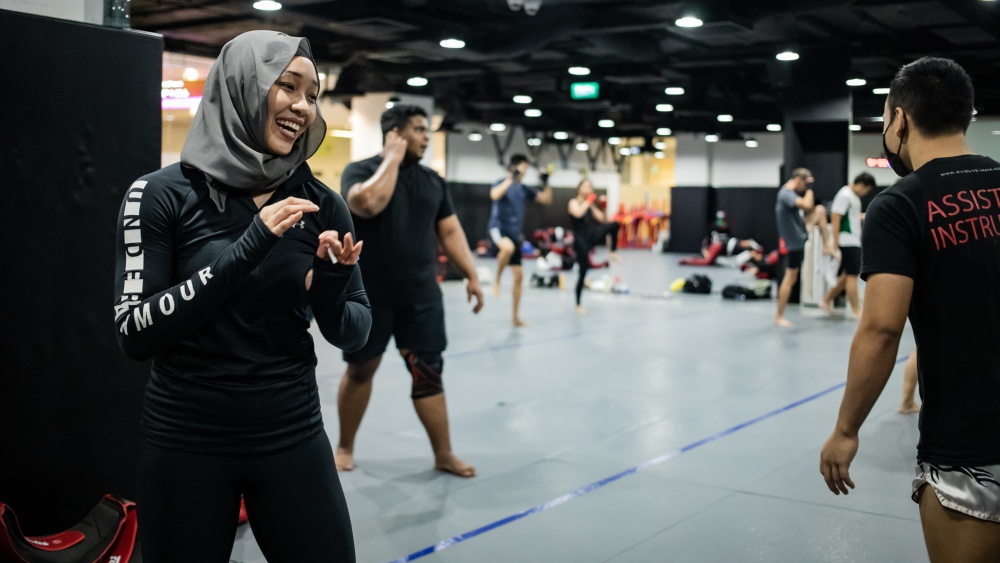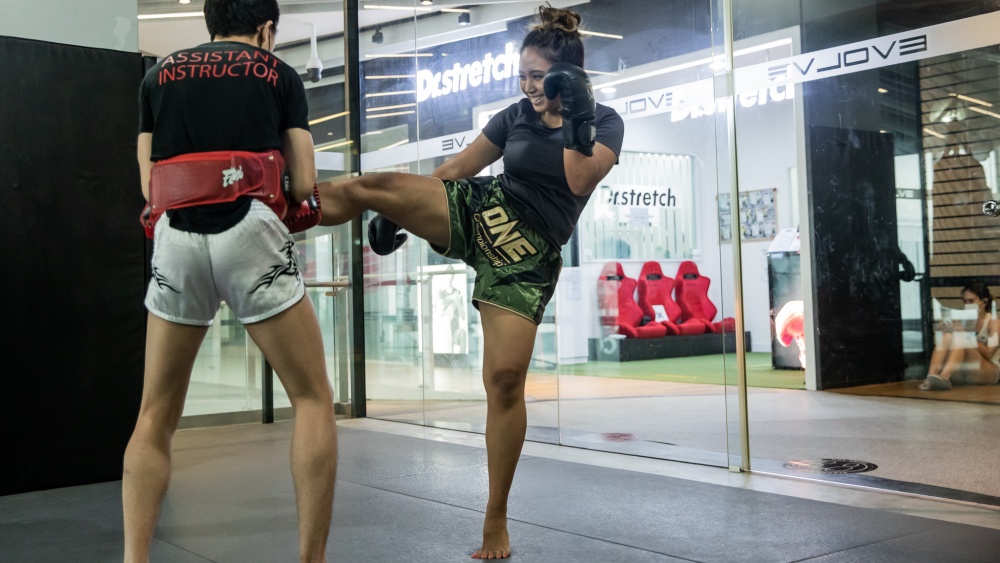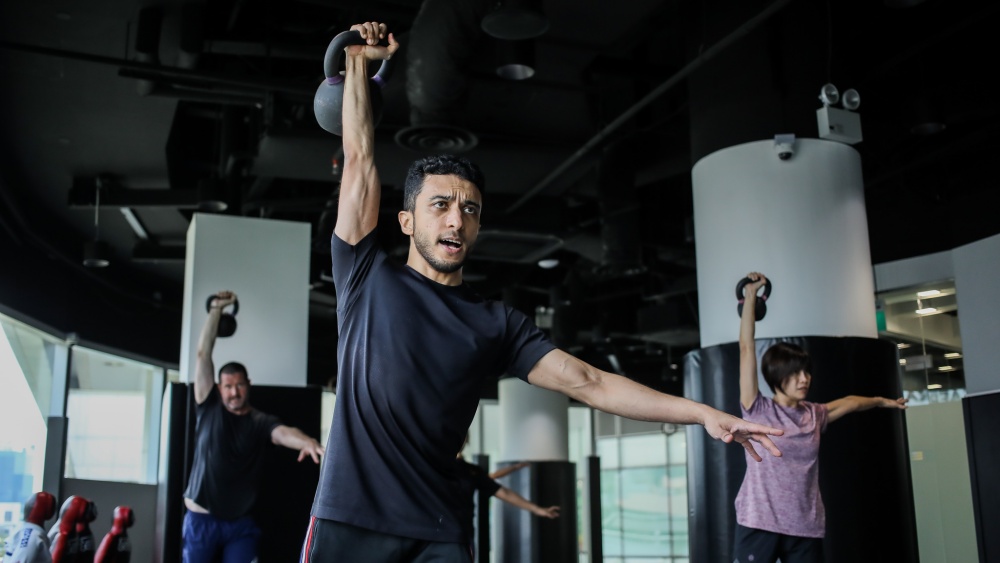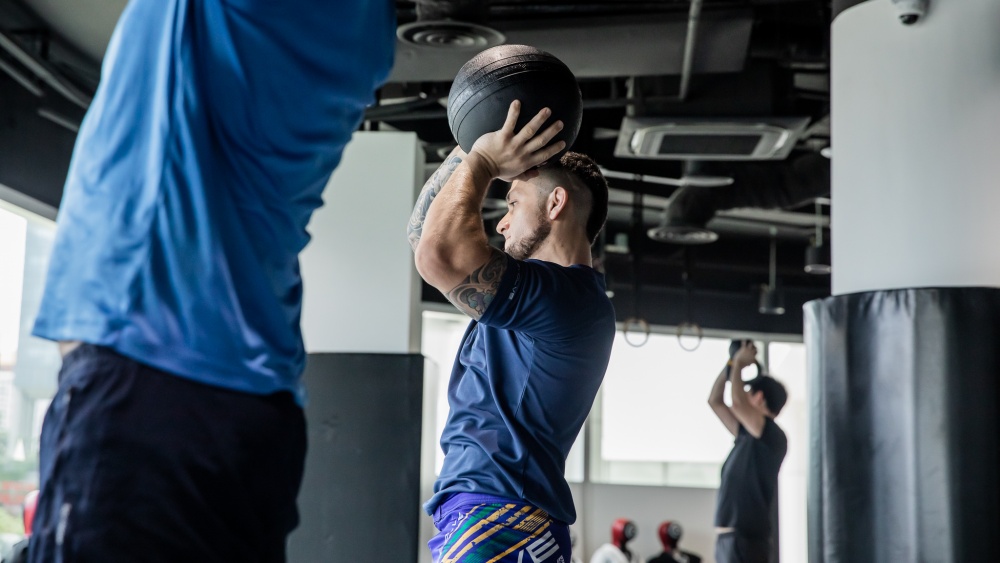Exercising while in a fasted state is a scary concept. It was practically inconceivable in the past. But when intermittent fasting rose to popularity, many people have explored the various physiological benefits of working out on an empty tank. It’s not as taboo as it once was.
The science behind fasted workouts dictates that the tank is not really empty during a fast.
Most meals aren’t fully digested, and the nutrients aren’t completely absorbed until after 24 hours of consuming a particular meal. And even when most of the food you have eaten has already been metabolized, your body still has stored energy in glycogen and fat. Only when those are depleted does your body begin breaking down protein to sustain itself, though this ever rarely happens (if at all) in intermittent fasting.
Since Sawm involves not eating or drinking anything from sunrise to sundown, which, in Singapore means an interval window of about 12 hours, exercising during Ramadan is essentially similar to intermittent fasting in many ways.
However, there are two notable differences: intermittent fasting allows hydration while Sawm does not, and the intent, where Sawm is for the purpose of self-reflection, discipline, control, and sacrifice, intermittent fasting is more superficial.
Be it training in the martial arts gym or simply taking a walk outdoors, it’s still important to get moving during Ramadan. Today, Evolve Daily shares how to exercise while fasting during Ramadan.
Why Should I Exercise During Ramadan?
We must keep the necessity of balance in mind as we immerse in spirituality. The body doesn’t have to waste away as we feed the spirit, especially since there are arguably more benefits to be gained when working out in a fasted state.
Research suggests that glycogen stores are empty during fasting, so the body is more amenable to mobilizing its fat stores for energy. Fat loss in fasting is also more than just creating a caloric deficit through lack of caloric intake and increased exercise. It’s also about hormone optimization.
One thing to remember is that when you exercise during Ramadan, you shouldn’t be trying to build muscle or try any new activities. The main goal of exercising during such a period is to maintain your muscle mass, keep the blood circulating, and not fall into a sedentary lifestyle. You can always postpone your new ventures or take your workouts up a notch when you’re able to adequately feed and hydrate.
When Should I Exercise During Ramadan?
The timing of your exercise depends on how your body responds to it. Your body is in an altered state of nutrition that it needs to adapt to, especially if you’re not a regular practitioner of intermittent fasting. Here are a few recommendations on when to exercise during Ramadan:
1) Before Iftar
One of the best times to exercise in a fasted state is just before Iftar. This gives you the opportunity to reap the benefits of working out while fasting, and then also immediately refueling your body with the nutrients it needs from your Iftar meal.
Working out in a fasted state has so many benefits. Working out with an empty stomach also helps you not to feel bogged down. You may also be surprised at just how much energy you do have, even when you haven’t eaten anything at all.
However, always make sure you are well-hydrated as soon as the sun sets.
2) After Iftar
While working out before Iftar certainly presents the best and most optimal time to exercise, getting a workout in after Iftar is also a viable option. Being adequately fueled, you can go stronger and perform better in your workout.
However, you must be careful. People react differently to a sudden intake of food after fasting for an extended period. Some are immediately energized while others enter an intense food coma. Try to consume more carbohydrates for instant energy if you do plan on working out post-Iftar.
For best practice, you may want to wait two or three hours after your Iftar meal, which also promotes the rise in Human Growth Hormone (HGH), which is responsible for bone and muscle growth and repair.
3) Before Suhoor
If you can handle getting up that early, you can also choose to work out before Suhoor. It’s honestly one of the best times for you to work out during Ramadan. The most important thing is for you to be able to grab that great post-workout nutrition and hydration to get you through Sawm.
What Types Of Exercise Should I Do During Ramadan?
Of course, it also begs the question. What types of exercise should we do during Ramadan? There’s no one-size-fits-all training plan for that, so the first thing you need to mind when you’re planning to work out is your body.
The type of exercises you can do depends on how much your body can take, given the strain of fasting and dehydration. Nevertheless, here are a few recommendations for you to try out:
A) Walking
Walking is simply one of the best exercises. It’s very underrated. Keeping active during Ramadan doesn’t just mean going to the gym for hard workouts. Walking will give you that much-needed physical activity as well, so take a long stroll in the morning and walk to places when you’re not rushing to get there. A good rule of thumb is to strive for at least 10,000 steps a day. With the help of a fitness wearable, which is relatively cheap and affordable right now, it will allow you to track your steps easily.
B) Low-Intensity Jogging
Like walking, jogging is also a good way to sweat it out. It is a form of steady-state cardio. However, make sure to keep it at low intensity. Your body adapts to extreme changes during Ramadan. Truthfully, adapting to not having solid food is manageable. It is when you’re not allowed to drink anything to hydrate that things become more challenging. With such changes to your normal hydration levels, be careful with exercises that cause too much sweating.
C) Moderate Resistance Training
If you normally engage in resistance training, you can keep your normal routine at half the intensity. On a scale of 1 to 10, if one means effortless and 10 means exhaustive effort, keep your intensity at a 5 or 6. Remember, you’re not training to go hard at this time. You’re just trying to maintain your lean muscle mass and get your blood circulating. Strive to raise your heart rate at least once a day.
D) Martial Arts And High-Intensity Interval Training (HIIT)
Martial arts, HIIT, and other high-intensity workouts can be quite strenuous, so it’s best to do such exercises early in the morning and refuel with Suhoor or after Iftar. If done before Suhoor, it’s a strong start to your day as well, and it will keep you alert and energized throughout the day. The fact that HIIT workouts are also quick and effective means you can fit them into your lifestyle quite easily.
You may also like:





















